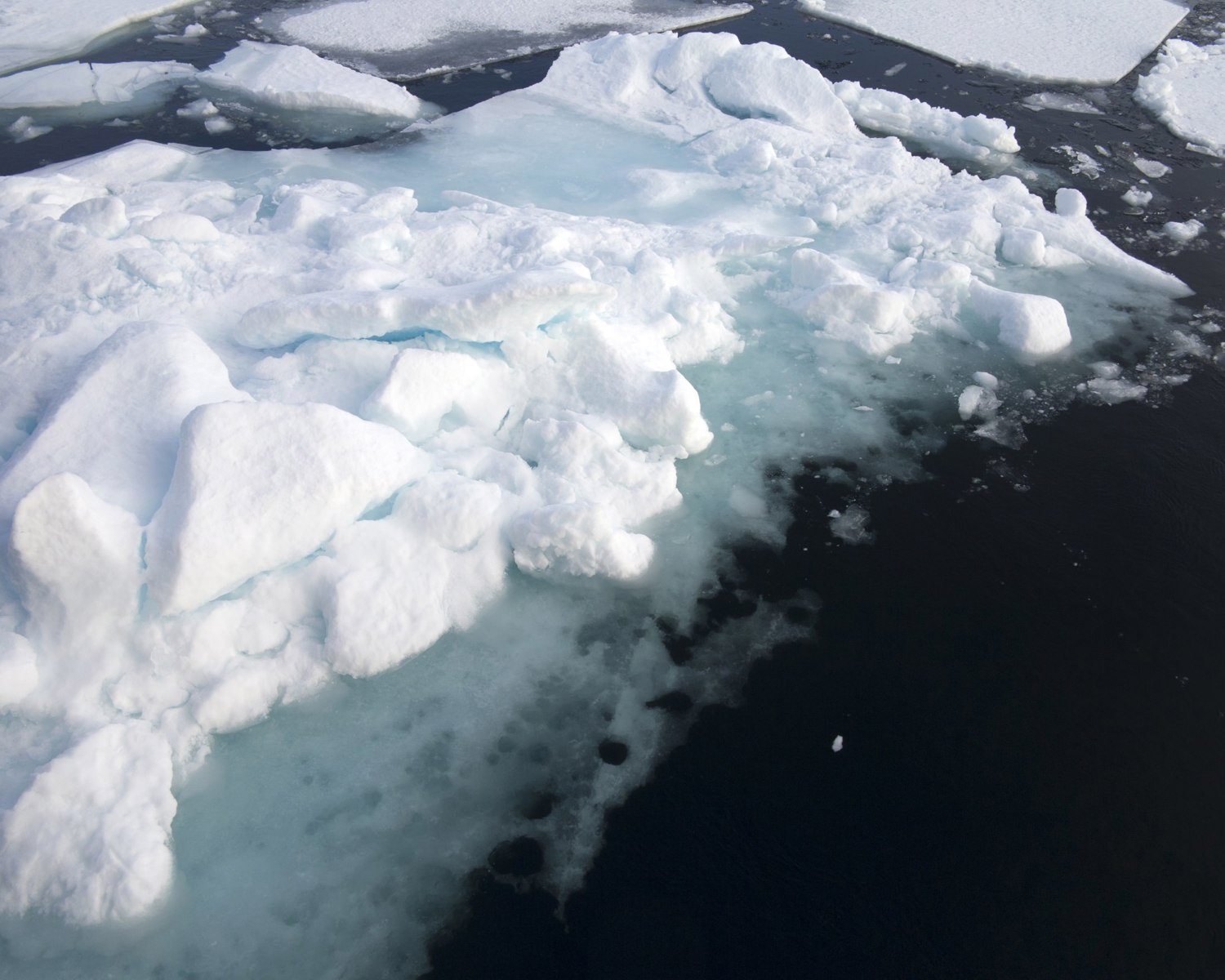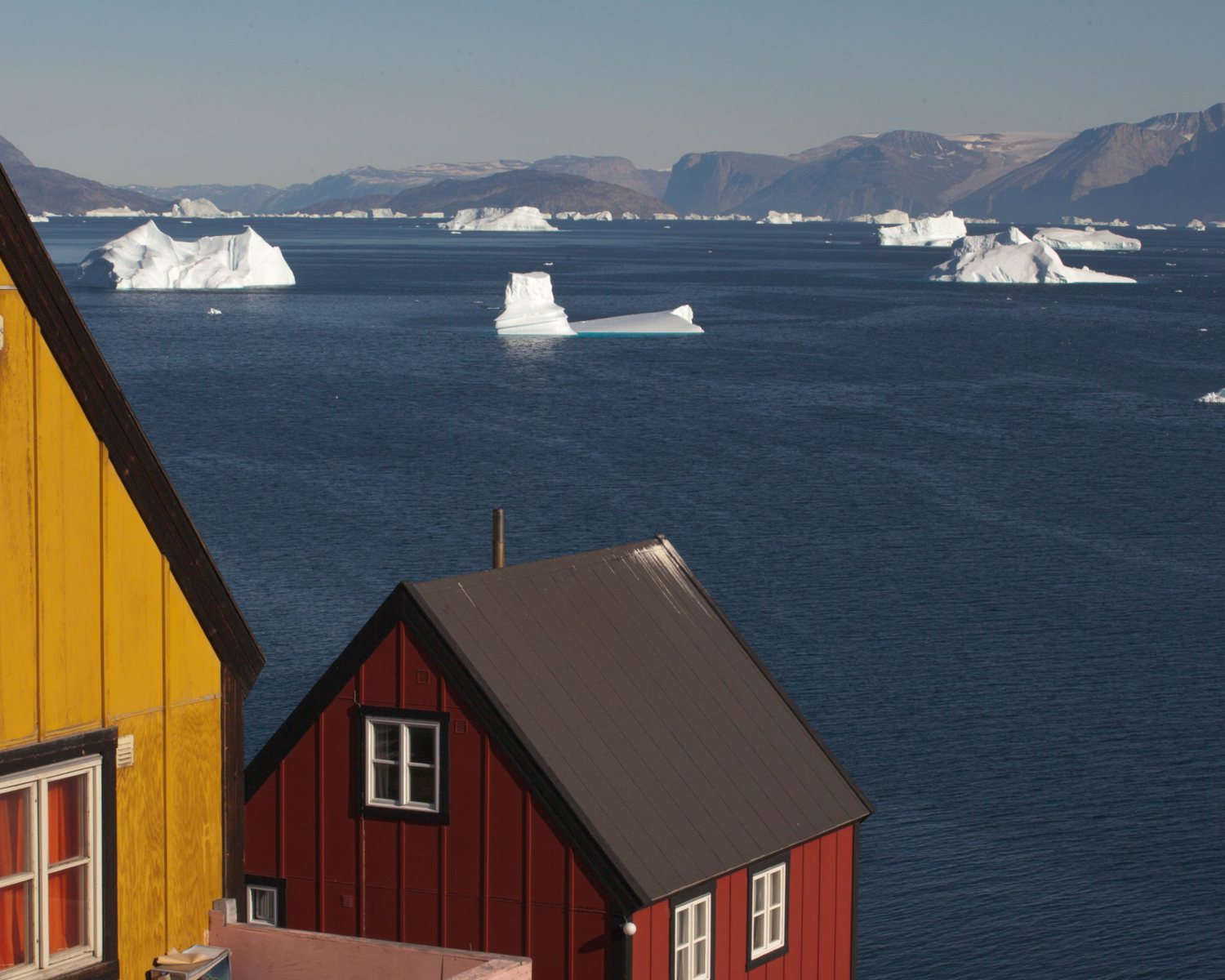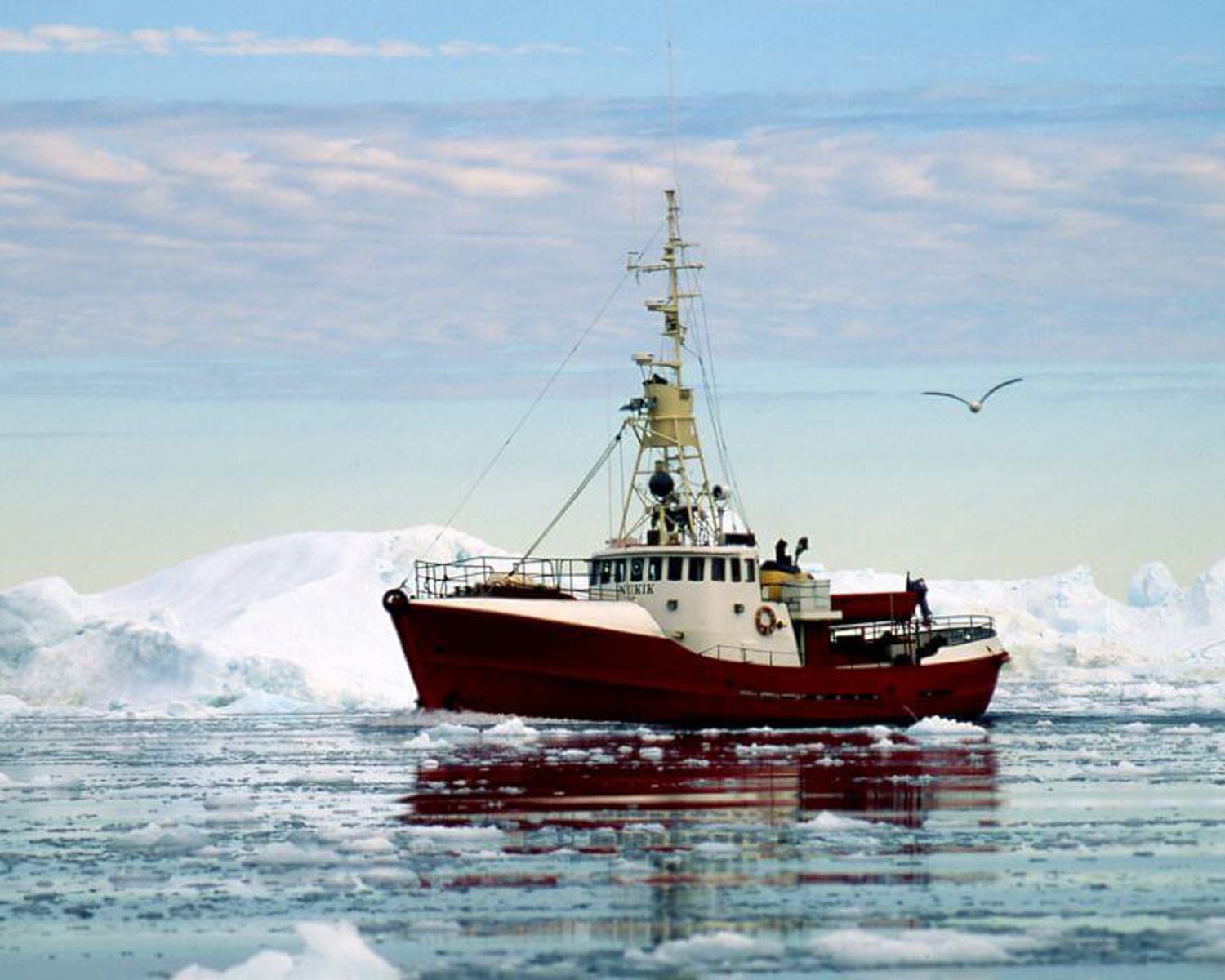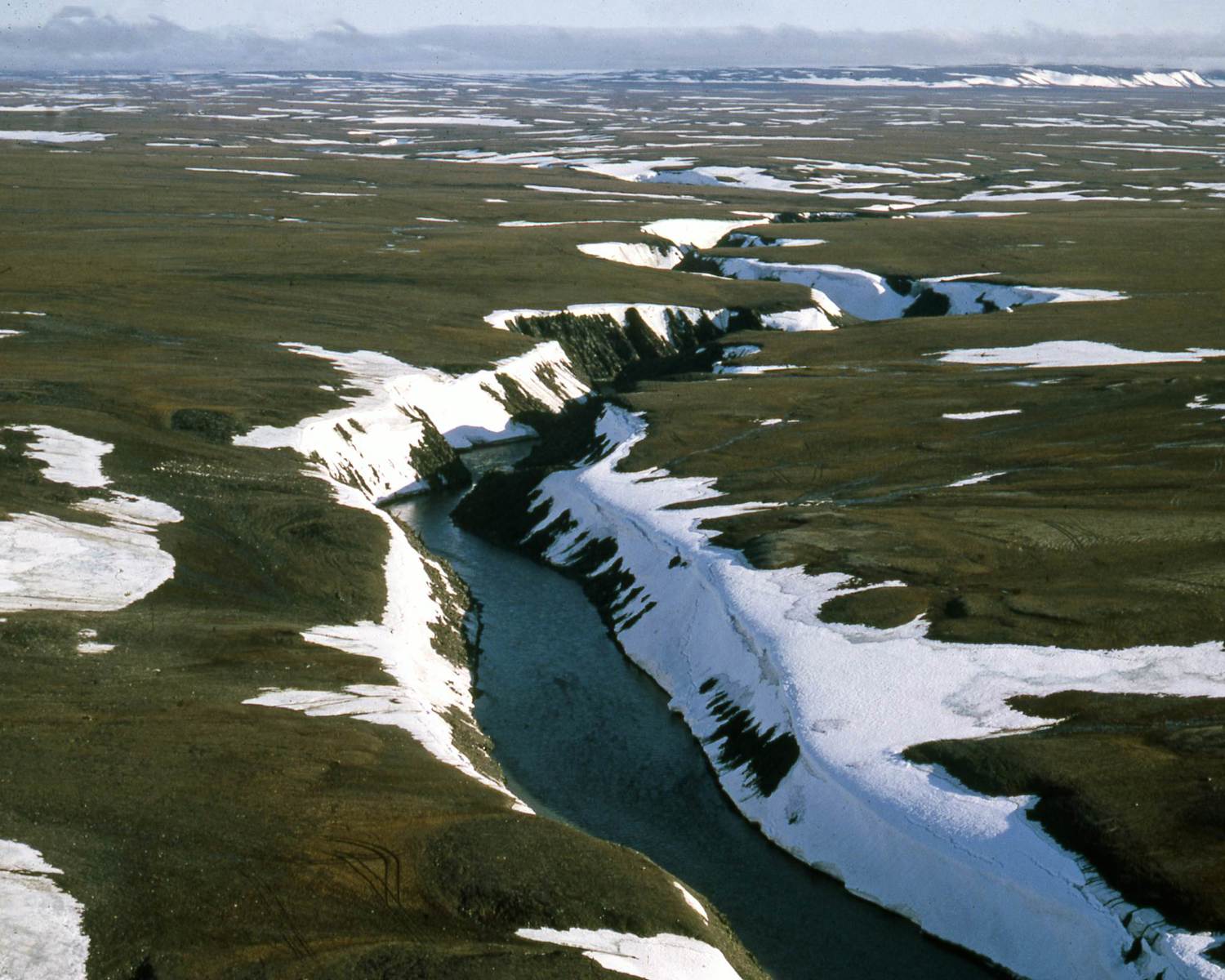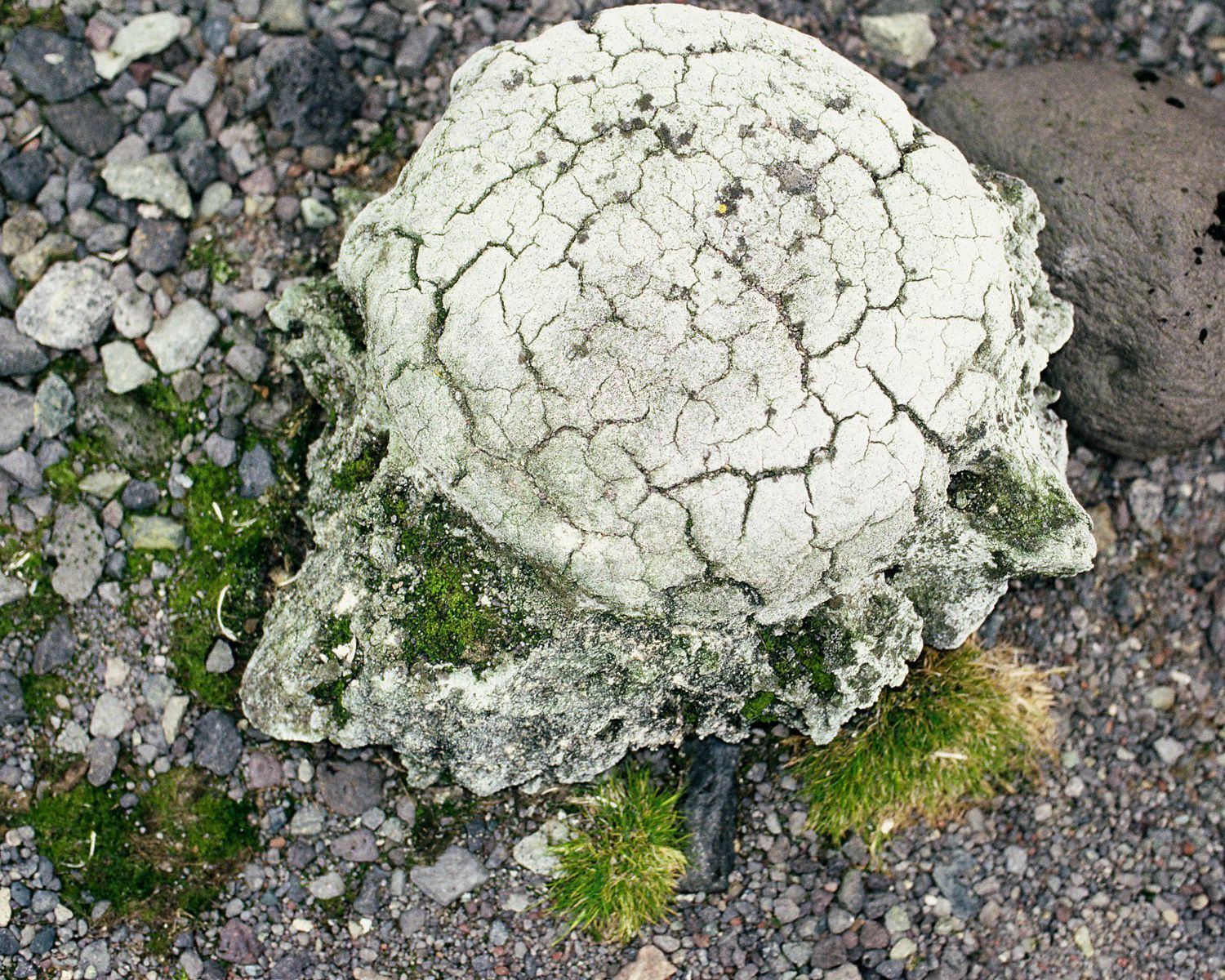Re-oxygenating the Baltic
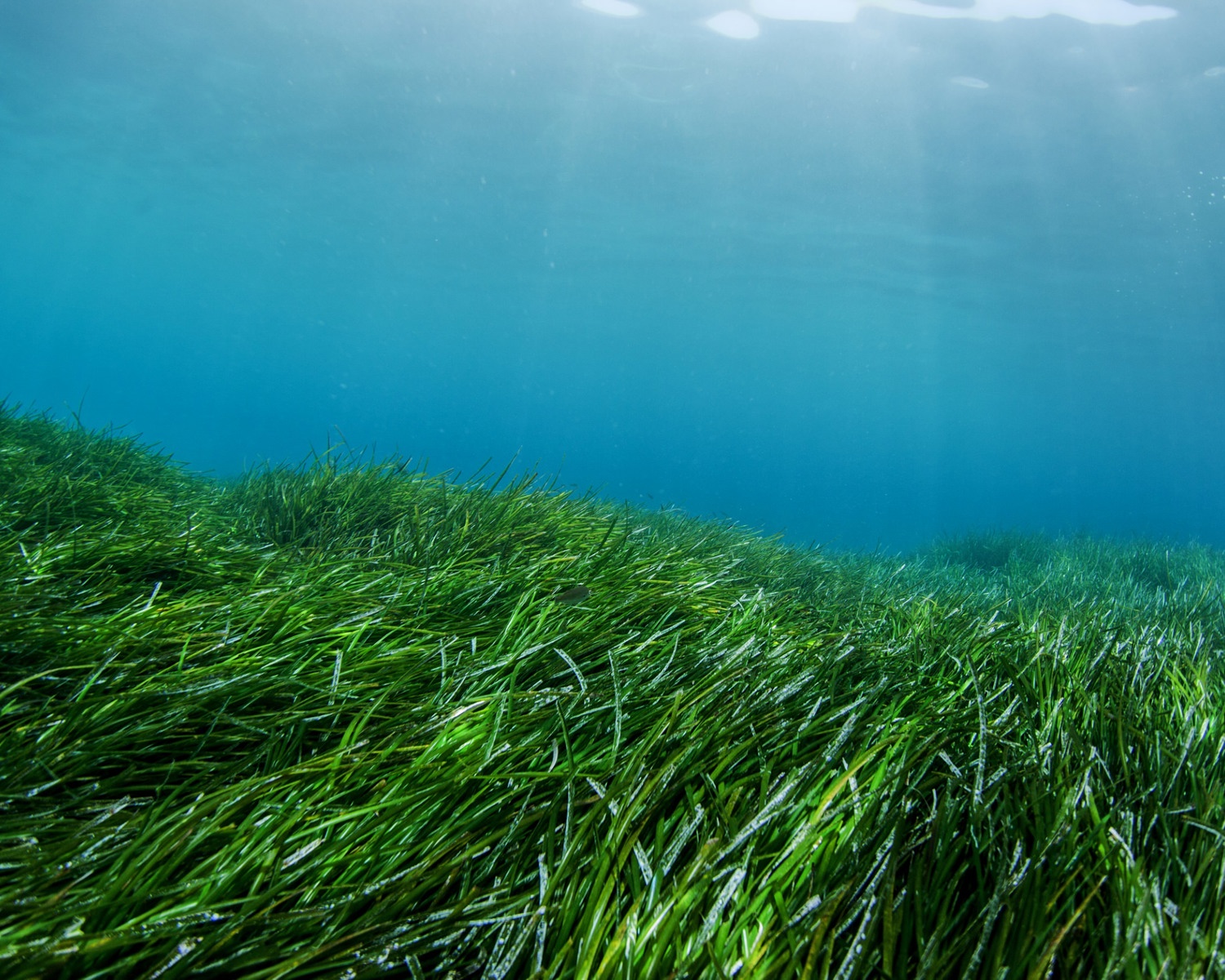
The deep waters in the Baltic are severely deoxygenated. Although the causes of the current state are complex, this is mainly a result of increased eutrophication from sewage and agricultural runoff from surrounding lands, which leads to extreme bioproductivity (Rolff et al. 2022). Some species manage to survive in the upper water layers, but many organisms living on the seafloor are severely impacted by the hypoxia, thereby influencing the health of a wide network of ecosystems and biochemical processes. There are attempts to reduce nutrient runoff into the Baltic (see for example: https://helcom.fi/baltic-sea-action-plan/). However, some argue these will be insufficient and argue for engineering solutions to the issue.
There have been several different ideas to oxygenise the Baltic (Conley 2009). The most discussed technique, which will be the focus here too, aims to directly increase available oxygen to the deep waters by pumping cold oxygenated water down from higher levels (Stigebrandt and Gustafsson 2007). This oxygenation can lead to changes in GHG sinks and sources. There are several potential pumping technologies that are currently being explored, but Liu et al. (2020) find that a wind-powered system would probably work best in the Baltic.
Analysis overview

Technological Readiness Level (TRL)
Low 1
Technological Readiness Level (TRL)
A technology with a TRL of 1-3: TRL 1 – Basic; TRL 2 – Concept formulated; TRL 3 – Experimental proof of concept

Scalability
Medium 2
Scalability
Physically somewhat scalable; linear efficiency

Timeliness for near-future effects
Medium 2
Timeliness for near-future effects
Implemented in time to make some difference, although questionable

Northern + Arctic potential
Unknown 0

Global potential
Low 1
Global potential
Insignificant to be detected at a global scale

Cost - benefit
Unknown 0

Environmental risks
High risk 1
Environmental risks
Major, serious risks with a high disaster potential; multiple and cascading risks

Community impacts
Beneficial 3
Community impacts
Significant benefits to communities

Ease of reversibility
Unknown 0

Risk of termination shock
Some risk 2
Risk of termination shock
Medium or relatively significant termination shock or damage

Legality/governance
Challenging 2
Legality/governance
Fits within existing structures to a certain degree, but some policy changes are needed to deploy at scale

Scientific/media attention
Medium 2
Scientific/media attention
Some attention within the scientific community, including published research and funding programmes; some media attention; some commercial interest
References
Conley, D. Save the Baltic Sea. Nature 486, 463–464 (2012). https://doi.org/10.1038/486463a
Conley, D. J., Bonsdorff, E., Carstensen, J., Destouni, G., Gustafsson, B. G., Hansson, L. A., ... & Zillén, L. (2009). Tackling hypoxia in the Baltic Sea: is engineering a solution? https://doi.org/10.1021/es8027633
Forth, M., Liljebladh, B., Stigebrandt, A., Hall, P. O., & Treusch, A. H. (2015). Effects of ecological engineered oxygenation on the bacterial community structure in an anoxic fjord in western Sweden. The ISME journal, 9(3), 656-669. https://10.1038/ismej.2014.172
Liu, S., Zhao, L., Xiao, C., Fan, W., Cai, Y., Pan, Y., & Chen, Y. (2020). Review of artificial downwelling for mitigating hypoxia in coastal waters. Water, 12(10), 2846. https://doi.org/10.3390/w12102846
Ollikainen, M., Zandersen, M., Bendtsen, J., Lehtoranta, J., Saarijärvi, E., & Pitkänen, H. (2016). Any payoff to ecological engineering? Cost-benefit analysis of pumping oxygen-rich water to control benthic release of phosphorus in the Baltic Sea. Water Resources and Economics, 16, 28-38. https://doi.org/10.1016/j.wre.2016.11.001
Rolff, C., Walve, J., Larsson, U., & Elmgren, R. (2022). How oxygen deficiency in the Baltic Sea proper has spread and worsened: The role of ammonium and hydrogen sulphide. Ambio, 51(11), 2308-2324. https://doi.org/10.1007/s13280-022-01738-8
Stigebrandt, A. & Andersson, A. (2022). Improving oxygen conditions in periodically stagnant basins using sea-based measures-Illustrated by hypothetical applications to the By Fjord, Sweden. Continental Shelf Research, 244, 104806. https://doi.org/10.1016/j.csr.2022.104806
Stigebrandt, A. & Gustafsson, B. G. (2007). Improvement of Baltic proper water quality using large-scale ecological engineering. AMBIO: A Journal of the Human Environment, 36(2), 280-286. https://doi.org/10.1579/0044-7447(2007)36[280:iobpwq]2.0.co;2
Stigebrandt, A., Liljebladh, B., De Brabandere, L., Forth, M., Granmo, Å., Hall, P., ... & Viktorsson, L. (2015). An experiment with forced oxygenation of the deepwater of the anoxic By Fjord, western Sweden. Ambio, 44, 42-54. https://doi.org/10.1007/s13280-014-0524-9

